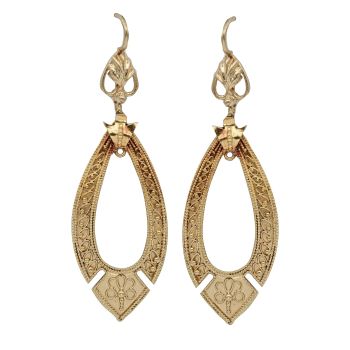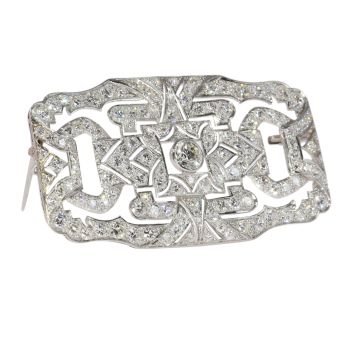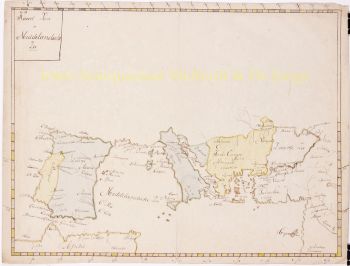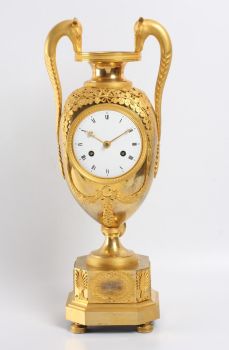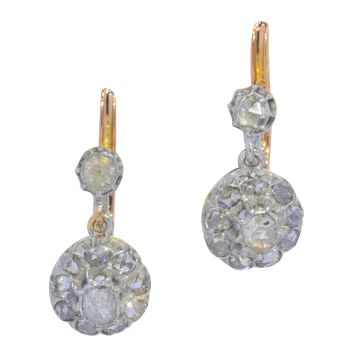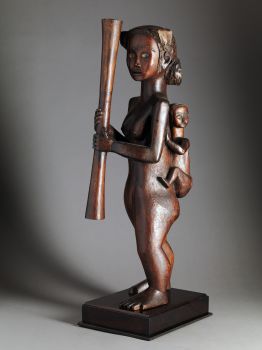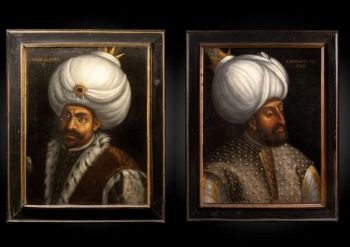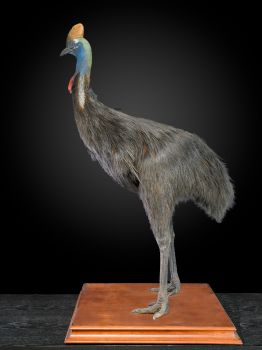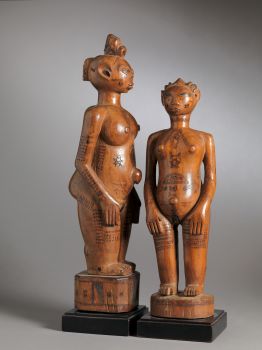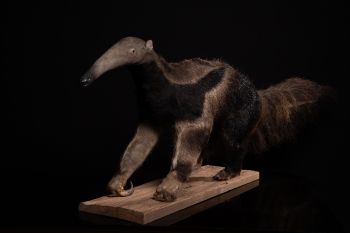Mendi Ceremonial Headdress, Western Highlands, Papua New Guinea. 1930 - 1950
Artista Sconosciuto
€ 18.000
Spectandum Gallery
- A proposito di opere d'arteWig with headdress “kelep” from Southern Highlands province, Mendi Valley Tribes. Hat-shaped headdress made of dark human hair and rattan, bark and bast fiber structure. The headdress is topped with a ratan structure covered with bird feathers. Polished Kina and Nassa clam shells are used as ornaments. In Papua New Guinea the practice of body adornment is known as bilas and celebrates the intrinsic interconnection of people to all things living. Over millennia, different forms of bilas have emerged, fulfilling varied everyday physical, social, and spiritual needs in unique ways. Made from an array of natural resources including shells, feathers and plant fibers, some adornments signify power or prestige, others are for cultural celebrations and ceremonial purposes.There is no better place to experience first-hand the relationship between New Guinea Highlanders and birds than at a Highlands SingSing, a traditional dance ceremony. Previously SingSings were held as part of special ceremonial feasts; today SingSings have a more contemporary impetus, being staged for regional competitions, national holidays or Christian celebrations. SingSings feature elaborately decorated men and women dancing, chanting, and playing traditional musical instruments. A wide range of Highlands people and their costumes and dances can be experienced at the Highlands Shows, held in Goroka and Mount Hagen. Dancers, each representing his or her own clan or tribe, converge on these competitive events, which last several days. The dancers offer a broad sampling of the variety of human decoration featuring bird plumes that one encounters in the Highlands of New Guinea. Using the same basic materials, each society has developed a distinct aesthetic by which it defines beauty. It is this range of interpretation of the connections between humans and birds that makes Highlands decoration fascinating, underscoring as it does the basic human desire for variety and the appreciation of beauty that unites us all.
- A proposito di opere artista
Può succedere che un artista o un creatore sia sconosciuto.
Alcune opere non sono determinate da chi sono state realizzate o sono state realizzate da (un gruppo di) artigiani. Esempi sono statue dell'antichità, mobili, specchi o firme non chiare o leggibili ma anche alcune opere non sono affatto firmate.
Inoltre puoi trovare la seguente descrizione:
•"Attribuito a …." A loro avviso probabilmente opera dell'artista, almeno in parte
•“Studio di ….” o “Officina di” A loro avviso un'opera eseguita nello studio o nella bottega dell'artista, eventualmente sotto la sua supervisione
•“Cerchio di…” A loro avviso un'opera del periodo dell'artista che mostra la sua influenza, strettamente legata all'artista ma non necessariamente al suo allievo
•"Stile di..." o "Seguace di..." A loro avviso un'opera eseguita nello stile dell'artista ma non necessariamente da un allievo; può essere contemporaneo o quasi contemporaneo
•“Modalità di…” A loro avviso un'opera nello stile dell'artista ma di epoca successiva
•"Dopo …." A loro avviso una copia (di qualsiasi data) di un'opera dell'artista
•“Firmato…”, “Datato…” o “Iscritto” A loro avviso l'opera è stata firmata/datata/inscritta dall'artista. L'aggiunta di un punto interrogativo indica un elemento di dubbio
•"Con firma....", "Con data...", "Con iscrizione..." o “Riporta firma/data/iscrizione” a loro avviso la firma/data/iscrizione è stata aggiunta da qualcuno diverso dall'artista
Sei interessato ad acquistare questa opera d'arte?
Related artworks
- 1 - 4 / 12
- 1 - 4 / 9




